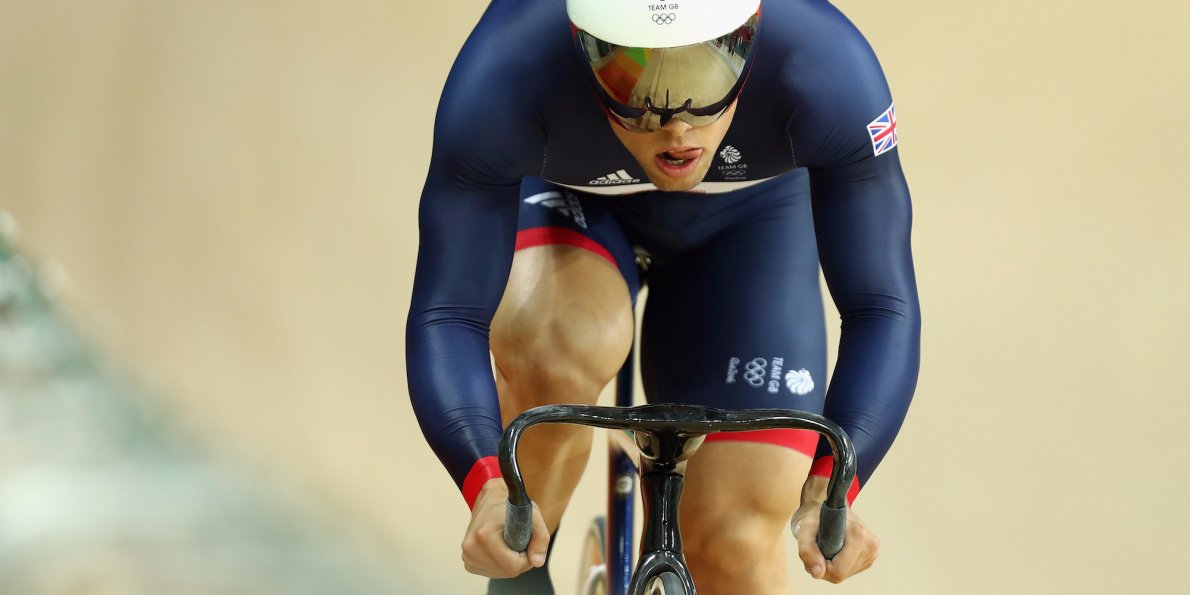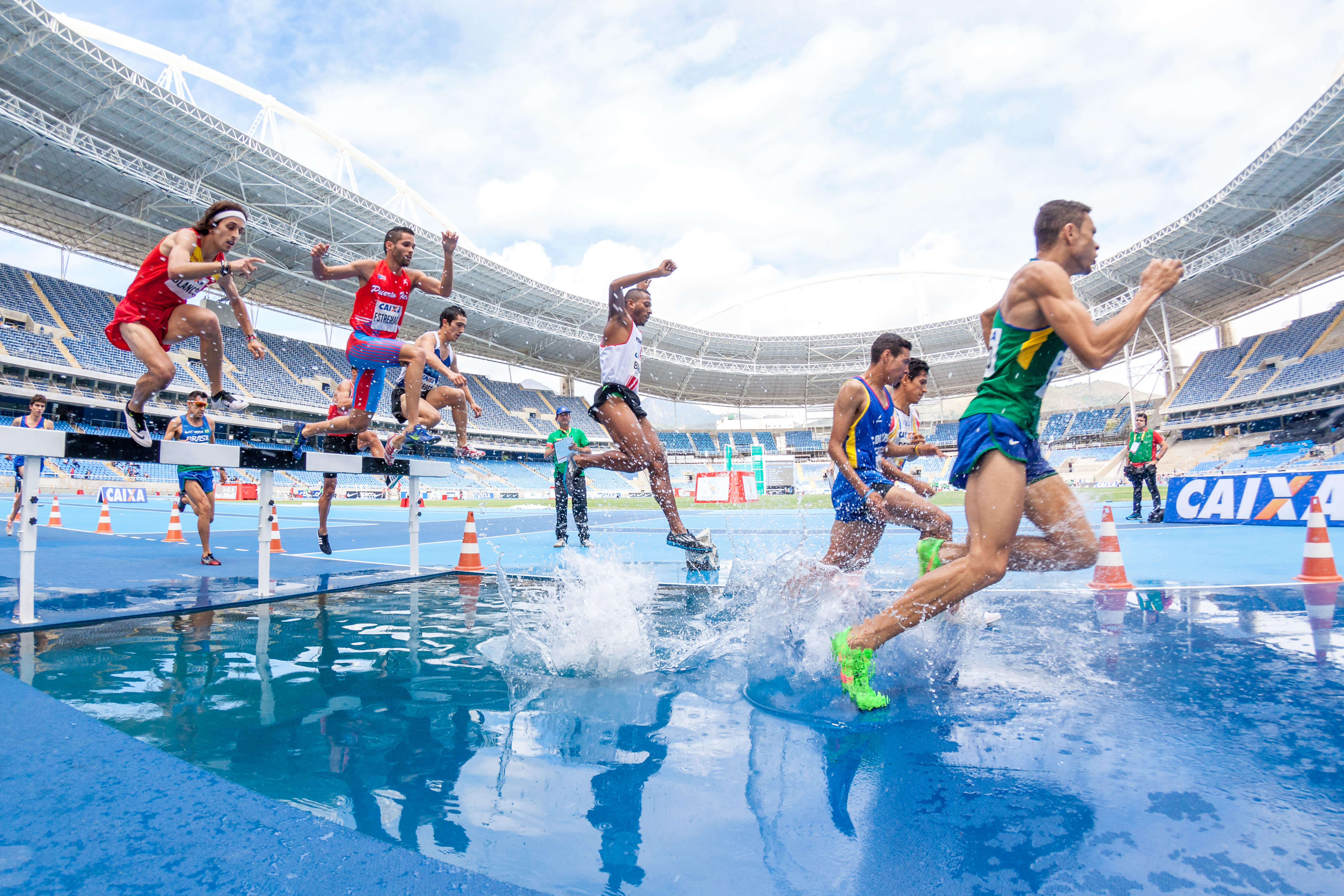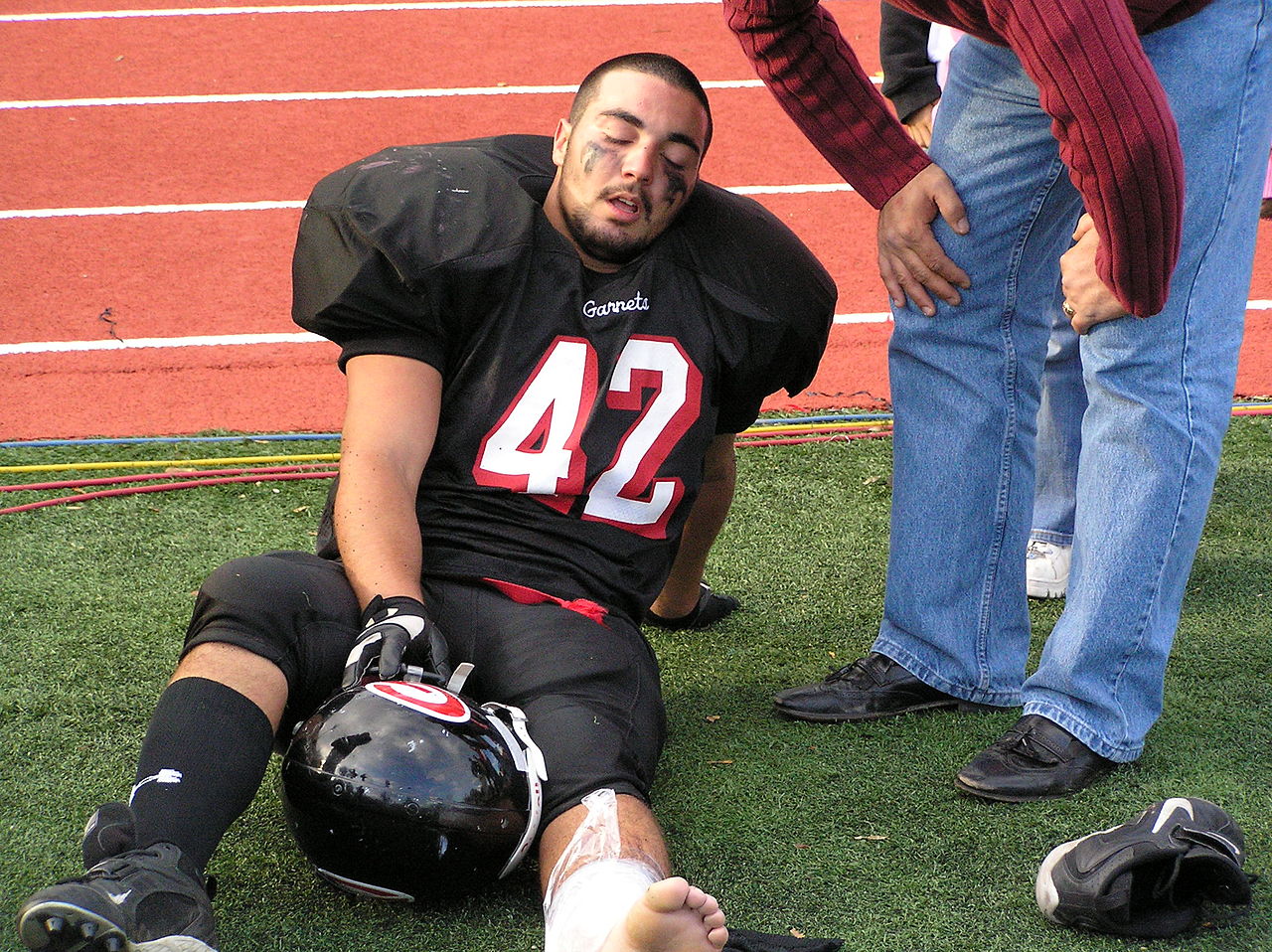Supporting athletes to be faster, higher or stronger is a complicated problem with multiple hypotheses for each performance question. Biomechanical and performance data can be used to help athletes and coaches navigate these problems using an evidence-based approach.
Save the date, 5th December 2018. We will be joined by Head of Performance Support for the Great Britain Cycling Team Dr Paul Barratt. He will present a free webinar on biomechanical data titled All models are wrong, but some are useful: How biomechanical data can support decision-making in performance sport.
Not every elite runner has perfect form. But, the contrast in form between elite runners and non-elite runners couldn’t be more dramatic. The biggest contrast is in running foot strike. In this post we’ll look at the simple drills you can use to improve your foot strike and ultimately, your running form.
Data is often presented as a variable by variable graphs, or bivariate plots and include angle-angle plots and phase-plane portraits. With data on both axes varying, analyses are more complex. Understand more and join us for this free sports biomechanics webinar.
Ankle sprain is common in sports and therefore it is worth investigating and preventing. The webinar will first cover a series of biomechanics studies on ankle inversion sprain mechanism. This involved a forensic motion analysis on video footages of real injury incidents. The second part will present a wearable anti-sprain system to prevent the injury
This webinar outlines the impact the discipline of sports biomechanics has had on the game of cricket over the last decades. Content will include the sports biomechanists influence in the areas of; performance enhancement, injury prevention and issues surrounding biomechanical assessment of bowling actions from a regulatory enforcement perspective.
The 17th International Symposium on Biomechanics of Human Movement will take place in Jyvaskyla, Finland from the 21st-23rd September. It includes the most current research from leading scientists in the field. The theme of the symposium is Biomechanics of Human Movement: Mechanisms and Methods. Provisional session titles include Biomechanics of Human Locomotion, Sports & Technology, Eccentric Exercise, ‘Should You Be Stiff or Flexible?’, Motor Control and Learning.
All of the essential tools for treating those with low back maladies.





